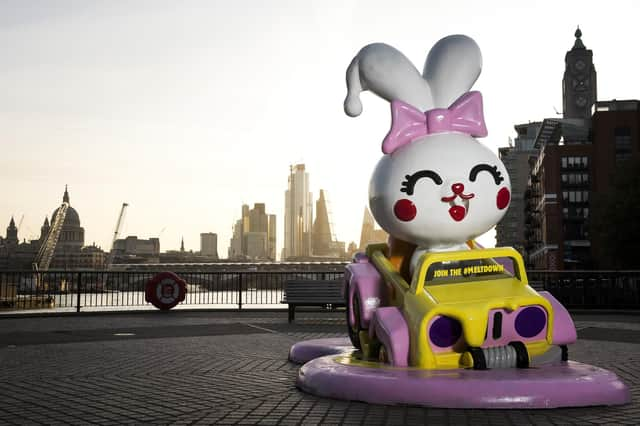Fast food ditched toys – magazines should too | Emma Kay


Skye’s influence came from two girls who in 2019 petitioned for the halt of plastic toys in meals offered by fast food giants, such as Burger King and McDonalds.
Now is the time for magazine companies to take the same approach. Waitrose has taken up the cause and has been ditching magazines with disposable plastic toys unless they are educational or recyclable.
Advertisement
Hide AdAdvertisement
Hide AdPermanent plastic is the enemy of the environment, which means it should be our enemy too. Our plastic pollution habits have seen a sea of multi-coloured mess clogging up our planet and children’s toys are some of the worst culprits. Plastic is light, strong and incredibly durable so for items we use over and over it serves a purpose, but more often than not, we only use it once, particularly to hold our food. We are too reliant on a material that will easily outlive us, for a few days or weeks use. In 2018 plastic packaging in the UK totalled more than 1.5m metric tonnes.
Children’s magazine freebies have a noticeably short ‘play’ lifespan and are renown for being breakable and instantly binnable the moment you take them from the plastic casing. They are not high quality so why do we use them to make our choice on magazine purchase? The notion of including a toy to sell a magazine seems very narrow and drives up the price unnecessarily, with some costing up to £6. Surely we would rather have something more affordable which can be used to encourage our children to read rather than paying extra for a cheap and nasty toy?
We should be uniting with Skye to urge publishers to replace perilous plastic with sustainable alternatives. But we can only do this if we are all on board.
When buying these magazines for my nephew the toy is forgotten within five minutes, maybe less.
Advertisement
Hide AdAdvertisement
Hide AdWhat he really looks forward to doing are the puzzles and games inside the magazine itself. They serve as a useful learning tool to beat the indoor boredom.
Recycling effectively and efficiently these days is already a misleading minefield. There are more than 400 councils in the UK and they have over 39 different rules for recycling. Household owners get told different things on what can and cannot be recycled. It is confusing enough as it is. We need less on the pile. Having excess plastic creates a larger carbon footprint and by binning these cheap flimsy toys simply adds to the problem. Let’s all work together to take the steps towards a more sustainable future.
Has Covid-19 accelerated the end of the high street?
Could high street browsing be behind us for good? It is now precautionary and a rarity.
We have all window shopped, then on to weaving through a store, touching and feeling without any real intent to buy until we give in to impulse.
Advertisement
Hide AdAdvertisement
Hide Ad